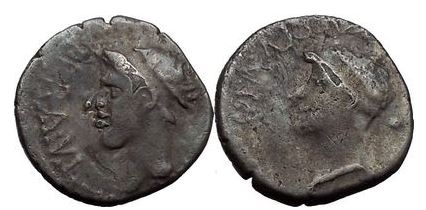
That’s why you may want to uninstall iAntiVirus on Mac. It has multiple features to enable you to secure your device.
NEFARENCE SELENE IANTIVIRUS SOFTWARE
doi: 10.1021/np9904509.IAntiVirus is a malware detection and cleanup software that protects your computer. Pro-oxidative effect of β-carotene and the interaction with flavonoids on UVA-induced DNA strand breaks in mouse fibroblast C3H10T1/2 cells. Antioxidant Ability of Various Flavonoids against DPPH Radicals and LDL Oxidation. Hirano R., Sasamoto W., Matsumoto A., Itakura H., Igarashi O., Kondo K. Structure-antioxidant activity relationships of flavonoids and phenolic acids.

Chemistry and Biological Activities of Flavonoids: An Overview. SARS-CoV-2 flavanols main protease selenium.
NEFARENCE SELENE IANTIVIRUS PRO
Based on docking experiments driven by experimental evidence, we propose a non-covalent mechanism for M pro inhibition in which a hydrogen bond between the selenium atom and Gln189 residue in the catalytic pocket could explain the higher M pro activity of 2d and, as a result, its better antiviral profile. For the first time, we demonstrate that quercetin ( 1) and 8-( p-tolylselenyl)quercetin ( 2d) block SARS-CoV-2 replication in infected cells at non-toxic concentrations, with an IC 50 of 192 μM and 8 μM, respectively. By screening a small library of flavonols and flavone derivatives, we observed that some compounds inhibit the protease activity in vitro. In particular, we report here a new synthetic method to prepare previously inaccessible C-8 seleno-quercetin derivatives. The natural flavonoid quercetin 1 has been recently reported to be a potent M pro inhibitor in vitro, and we explored the effect produced by the introduction of organoselenium functionalities in this scaffold.

Considering this, the viral main protease (M pro) is among the most promising molecular targets in light of its importance during the viral replication cycle. The development of new antiviral drugs against SARS-CoV-2 is a valuable long-term strategy to protect the global population from the COVID-19 pandemic complementary to the vaccination. 12 Fundación ARAID, Gobierno de Aragón, 50018 Zaragoza, Spain.11 Centro de Investigación Biomédica en Red en el Área Temática de Enfermedades Hepáticas Digestivas (CIBERehd), 28029 Madrid, Spain.10 Instituto Aragonés de Ciencias de la Salud (IACS), 50009 Zaragoza, Spain.9 CNR-NANOTEC, SS Rende (CS), Licryl-UOS Cosenza and CEMIF.Cal, Department of Physics, University of Calabria, 87036 Rende, Italy.8 Instituto de Investigación Sanitaria de Aragón (IIS Aragon), 50009 Zaragoza, Spain.7 Departamento de Bioquímica y Biología Molecular y Celular, Universidad de Zaragoza, 50009 Zaragoza, Spain.6 Institute for Biocomputation and Physics of Complex Systems (BIFI), Joint Units IQFR-CSIC-BIFI, and GBsC-CSIC-BIFI, Universidad de Zaragoza, 50018 Zaragoza, Spain.5 Laboratório de Síntese Orgânica Limpa-LASOL, CCQFA, Universidade Federal de Pelotas-UFPel, P.O.4 School of Science and Technology, Chemistry Division, University of Camerino, Via S.3 Microbiology Department, Faculty of Biochemistry, Biophysics and Biotechnology, Jagiellonian University, Gronostajowa 7, 30-387 Krakow, Poland.2 Virogenetics Laboratory of Virology, Malopolska Centre of Biotechnology, Jagiellonian University, Gronostajowa 7a, 30-387 Krakow, Poland.1 Group of Catalysis, Synthesis and Organic Green Chemistry, Department of Pharmaceutical Sciences, University of Perugia Via del Liceo 1, 06100 Perugia, Italy.


 0 kommentar(er)
0 kommentar(er)
